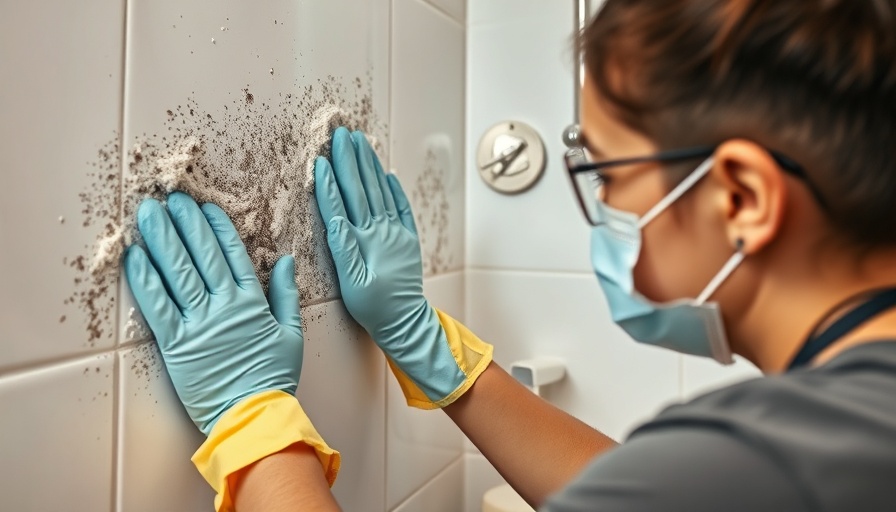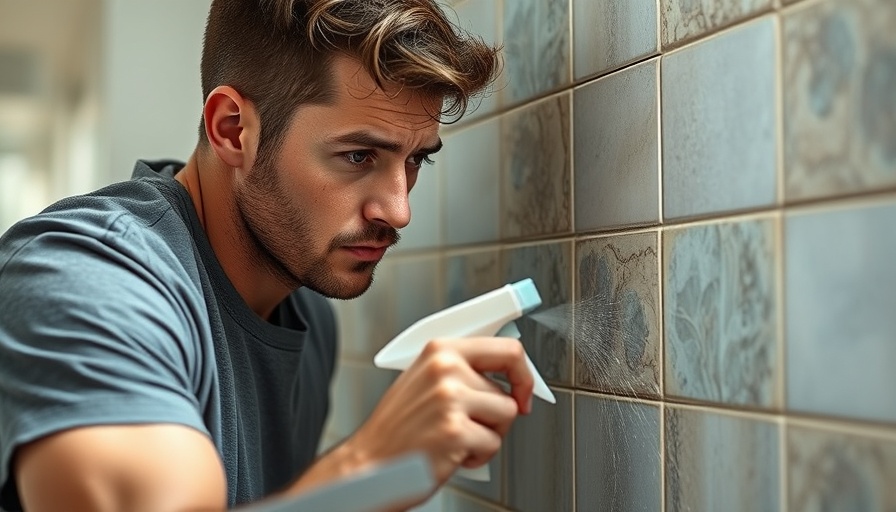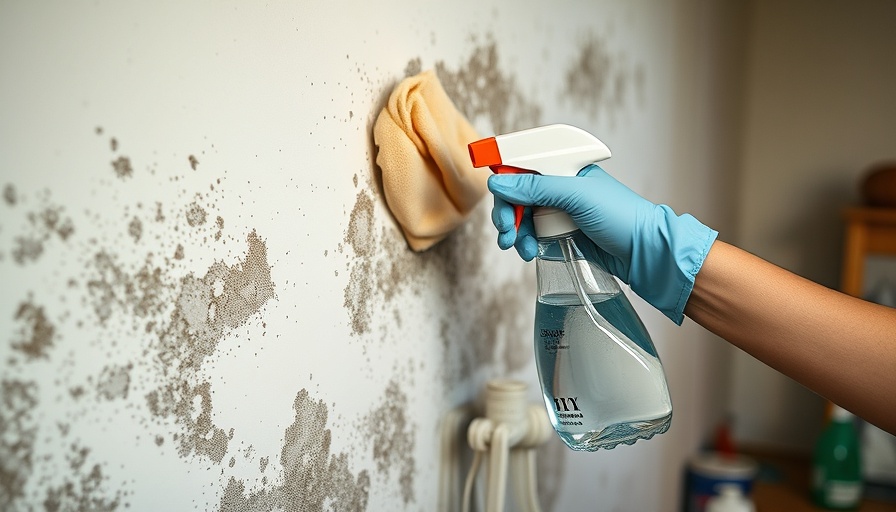
Understanding Mold: The Fungi Manifesto in Portland
Mold is a type of fungus that plays a significant role in breaking down organic matter in nature. However, when its spores find their way into our homes in Portland, they can pose serious health risks and damage property. The damp and humid climate of Portland provides the perfect breeding ground for mold, making it essential for homeowners to be informed about its characteristics. Common types of mold that might appear in your home include black mold, Aspergillus, and Cladosporium, each of which can have various health implications.
Identifying Mold: Know What to Look For
Recognizing mold might be simple if you know where to look. Typically, it appears as discolored patches that can vary in color from black to green to white and often emits a musty odor. More than just an aesthetic issue, unchecked mold growth can lead to respiratory problems for residents, especially those with allergies or compromised immune systems. Knowing the signs is the first step in keeping your home safe and healthy.
Finding the Source of Moisture: Key to Preventing Mold Growth
Before proceeding with any mold removal techniques, it's crucial to identify the source of moisture in your home. Mold thrives in damp conditions, so inspecting areas prone to moisture, such as bathrooms, kitchens, and basements, is vital. Look for leaks, condensation, or any signs of water damage. Additionally, air quality can significantly influence mold growth, with poor ventilation allowing humidity to rise. Simple tools like dehumidifiers can help manage moisture levels effectively during Portland's rainy season.
Safety First: Essential Precautions for DIY Mold Removal
When planning to tackle mold yourself, safety should always be your top priority. It’s important to equip yourself with essential protective gear — gloves, goggles, and an N95 respirator mask are a must. They help shield you from harmful mold spores and allergens. Ensuring the area is well-ventilated by opening windows and utilizing fans can help minimize inhalation risks. If you're dealing with significant mold infestations, specifically covering large areas greater than 10 square feet, consulting with professionals may be a better approach.
DIY Mold Removal Techniques: Steps to Take
Once you have identified the moisture source and ensured safety precautions are in place, you're ready to move forward with mold removal. The first step is to gather a few necessary supplies, including plastic sheeting, trash bags, mold cleaning solution, and protective gear. Here's a brief overview of the steps:
- Seal the Area: To prevent mold spores from spreading to other parts of your home, seal off the area you're working in with plastic sheeting.
- Remove Visible Mold: Scrub hard surfaces with a mixture of water and soap or a store-bought mold cleaner. Dispose of materials that are too porous to clean effectively, like carpets or insulation.
- Dry Thoroughly: Use a dehumidifier and an air scrubber to remove any remaining moisture and airborne spores after removing visible mold.
- Treat Surfaces: After drying the area, treat surfaces with an antimicrobial product to help keep mold at bay in the future.
- Prevent Future Growth: To minimize mold recurrence, ensure ventilation in your home is adequate and invest in humidity control measures.
The Value of Mold Prevention
Understanding and addressing mold is not just about one-time removal; it’s about creating a proactive environment where mold cannot thrive. Regular home inspections and moisture control can significantly mitigate risks associated with mold growth. For homeowners, renters, and landlords in Portland, implementing these DIY mold removal techniques while being informed about potential health risks will lead to a safer, healthier living space.
Call to Action: Protect Your Home from Mold
If you're facing mold issues or want to prevent potential infestations, take action today. Consider scheduling a professional mold inspection to ensure your home remains safe and healthy. With proper care and understanding, you can effectively tackle mold and maintain your living environment.
 Add Row
Add Row  Add
Add 




 Add Row
Add Row  Add
Add 

Write A Comment